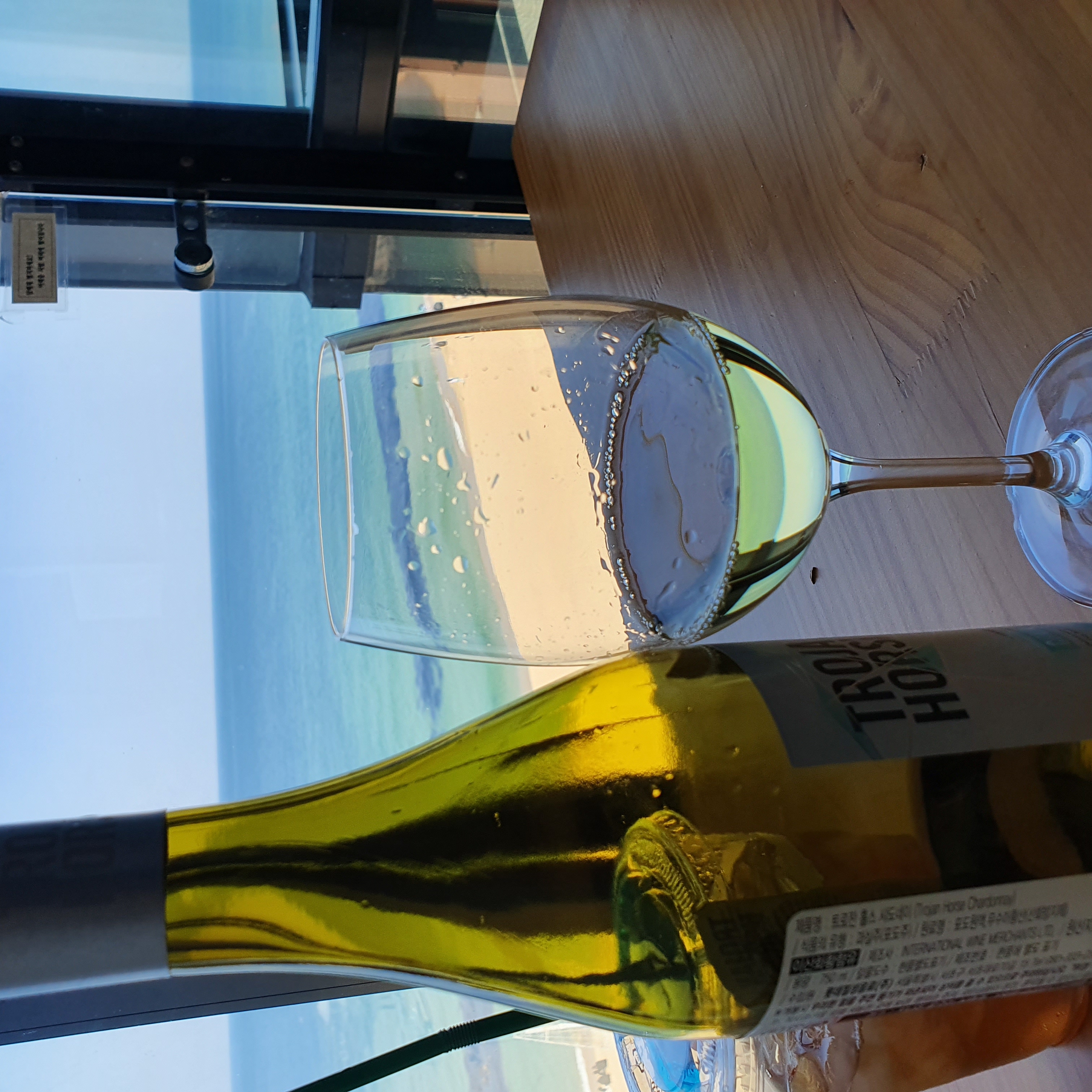a <- 1:5
a1 <- (a*2)+20
a2 <- (a+10)*1.2
a3 <- (a^1.1)/15 +20
range(a1)
range(a2)
range(a3)
plot(a,
ylim = c(0,max(a1)),
type='b')
lines(a1, col='red', type='b')
lines(a2, col='blue', type='b')
lines(a3, col='green', type='b')
mtcars %>%
group_by(am) %>%
summarize(mean_mpg = mean(mpg, na.rm = TRUE))# 일부 컬럼만 제외하기
head(mtcars[,!(names(mtcars) %in% c('wt', 'drat'))])
#---- matrix의 transpose (행렬 바꿈) 연습 ------
x <- matrix(1:9,3,3)
> x
[,1] [,2] [,3]
[1,] 1 4 7
[2,] 2 5 8
[3,] 3 6 9
> x <- matrix(rep('aa',9),3,3)
> x
[,1] [,2] [,3]
[1,] "aa" "aa" "aa"
[2,] "aa" "aa" "aa"
[3,] "aa" "aa" "aa"
> t(x)
[,1] [,2] [,3]
[1,] "aa" "aa" "aa"
[2,] "aa" "aa" "aa"
[3,] "aa" "aa" "aa"
> str(t(x))
chr [1:3, 1:3] "aa" "aa" "aa" "aa" "aa" "aa" "aa" "aa" "aa"
> x <- matrix(1:9,3,3)
> t(x)
[,1] [,2] [,3]
[1,] 1 2 3
[2,] 4 5 6
[3,] 7 8 9
##############
# NULL 처리 예
df$cnt <- ifelse(is.na(df$cnt), 0, df$cnt)
############
# 트리그리기 샘플
library(party)
dt1 <- ctree(mpg ~ hp + wt,
controls = ctree_control(maxdepth = 5, minbucket=2),
data=mtcars)
plot(dt1)
#maxdepth : 몇 개 층까지 내려가도록 허용할 것인가
# minbucket : 한 셀에 몇개의 표본이 들어가는 것 까지는 충족되어야 하는가
## copy dataframe without NA record
mtcars1 <- mtcars[!is.na(mtcars$mpg),]
# mt1$vsam = vs 와 am 이라는 별개 변수의 조합을 하나의 문자변수(카테고리)로 결합
# vsam을 타겟으로 사용하려고
mt1 <- head(mtcars)
mt1
mt1$vsam <- paste0(mt1$vs, mt1$am)
mt1
# 회귀선 추가 제
plot(mtcars$mpg, mtcars$wt)
abline(lm( mtcars$wt~mtcars$mpg))
mtcars2 <- mtcars
mtcars2$carNm <- row.names(mtcars2)
mtcars2$carNmShort <- substr(mtcars2$carNm,1,4)
head(mtcars2)
# 한번에 모두 0으로 NA 처
d[is.na(d)] <- 0#-------------------
# 회귀선 추가한 후
plot(mtcars$mpg, mtcars$wt)
abline(lm( mtcars$wt~mtcars$mpg))
# 플롯에 줄긋기
abline(h=5, col='orange', lty=3)
abline(v=15, lty=3)
abline(h=c(1,2,3), col='orange', lty=3) # 한번에 줄 여러개 긋
#--------------------
# 품목별 추이간 상관관계 플롯으로 시각화
# install.packages("Hmisc")
library(Hmisc)
# 먼저 상관관계를 구해서 저장
res1<-rcorr(as.matrix(pilot.5_1))
# install.packages("corrplot")
library(corrplot)
# 상관관계 매트릭스를 시각화 실행
corrplot(res1$r, type = "upper", order = "hclust",
tl.col = "black", tl.srt = 45)
#############################
## MCR 활용
mcr1 <- read.csv('C:/Users/KDATA14/Desktop/AA/MCR2018.csv')
df01 <- as.data.frame(table(mcr1$A_003, mcr1$C_11_001))
df02 <- df01[df01$Var2==1,]
df03 <- df01[df01$Var2==98,]
df04 <- merge(df02, df03, by='Var1', all.x=T)
df05 <- df04[,c("Var1", "Freq.x", "Freq.y")]
names(df05) <- c("age", "cnt_y","cnt_n")
df05$rt_y <- df05$cnt_y/ (df05$cnt_y + df05$cnt_n)
plot(as.numeric(df05$age), df05$rt_y*100,
type='b', col='red', pch=19,
ylim=c(0,100),
main='연령별 인터넷/모바일 사용수준 분포')
abline(h=80, col='orange', lty=3)
######
# 컬럼의 데이터타입 일괄변경 예제
mt1 <- mtcars
mt1[, 1:5] <- sapply(mt1[, 1:5], as.character)
str(mt1)
##########
# 성별 구분해서 한장으로
mcr1 <- mcr
mcr2 <- mcr1[mcr1$A_001==1,]
df01 <- as.data.frame(table(mcr2$A_003, mcr2$C_11_001))
df02 <- df01[df01$Var2==1,]
df03 <- df01[df01$Var2==98,]
df04 <- merge(df02, df03, by='Var1', all.x=T)
df05 <- df04[,c("Var1", "Freq.x", "Freq.y")]
names(df05) <- c("age", "cnt_y","cnt_n")
df05$rt_y <- df05$cnt_y/ (df05$cnt_y + df05$cnt_n)
plot(as.numeric(df05$age), df05$rt_y*100,
type='b', col='blue', pch=19,
ylim=c(0,100),
main='남성/여성 연령별 인터넷/모바일 사용수준 분포[MCR_data]')
abline(h=c(90,80), col='orange', lty=3)
mcr2 <- mcr1[mcr1$A_001==2,]
df01 <- as.data.frame(table(mcr2$A_003, mcr2$C_11_001))
df02 <- df01[df01$Var2==1,]
df03 <- df01[df01$Var2==98,]
df04 <- merge(df02, df03, by='Var1', all.x=T)
df05 <- df04[,c("Var1", "Freq.x", "Freq.y")]
names(df05) <- c("age", "cnt_y","cnt_n")
df05$rt_y <- df05$cnt_y/ (df05$cnt_y + df05$cnt_n)
lines(as.numeric(df05$age), df05$rt_y*100,
type='b', col='red', pch=19)
#------------------
# 평일 하루 평균 모바일 인터넷 이용 시간(분) (B_03_029)
#-------------------
mcr1 <- mcr
mcr2 <- mcr1[mcr1$A_001==1,]
# mcr2$A_003 == age
plot(jitter(as.numeric(mcr2$A_003)), jitter(mcr2$B_03_029),
col=rgb(0,0,1,0.2), pch=19,
cex=0.5,
main='남성/여성 연령별 평일 하루 평균 모바일 인터넷 이용 시간(분) 분포[MCR_data]')
lines(lowess(mcr2$B_03_029~as.numeric(mcr2$A_003)), col = 'blue')
mcr2 <- mcr1[mcr1$A_001==2,]
points(jitter(as.numeric(mcr2$A_003)), jitter(mcr2$B_03_029),
col=rgb(1,0,0,0.2), pch=19,
cex=0.5)
lines(lowess(mcr2$B_03_029~as.numeric(mcr2$A_003)), col = 'red')
#------------------
# 평일 하루 평균 모바일 인터넷 이용 시간(분) (B_03_029)b
# vs. 최근 1년 이내 아웃도어 구입 빈도 (J_23_11_003)
#-------------------
mcr1 <- mcr
mcr2 <- mcr1[mcr1$A_001==1,]
# mcr2$A_003 == age
plot(jitter(as.numeric(mcr2$B_03_029)), jitter(mcr2$J_23_11_003),
col=rgb(0,0,1,0.2), pch=19,
cex=0.5,
main='[성별] 평일 하루 평균 모바일 인터넷 이용 시간(분) \nVs. 최근 1년 이내 아웃도어 구입 빈도 분포[MCR_data]',
xlab='평일 하루 평균 모바일 인터넷 이용 시간(분)')
lines(lowess(mcr2$J_23_11_003~as.numeric(mcr2$B_03_029)), col = 'blue', lwd=2)
mcr2 <- mcr1[mcr1$A_001==2,]
points(jitter(as.numeric(mcr2$B_03_029)), jitter(mcr2$J_23_11_003),
col=rgb(1,0,0,0.2), pch=19,
cex=0.5)
lines(lowess(mcr2$J_23_11_003~as.numeric(mcr2$B_03_029)), col = 'red', lwd=2)
# 변수명을 지정하고 컬럼의 데이터프레임에서의 순서 (=인덱스)를 찾기
grep("A_003", colnames(mcr))
'R 데이터 분석' 카테고리의 다른 글
| [데이터분석] 데이터 분석 도구 사용 현황 조사 (0) | 2019.09.05 |
|---|---|
| [KDATA VDXF] 금융분석 R (0) | 2019.07.27 |
| [kdata 2019 recsys 0030] retail recommender using R[전용준 리비젼 recsys r] (0) | 2019.05.18 |
| [AI Summit workshop] rf anomaly 1206 (0) | 2018.11.30 |
| GameLog-In 데이터준비 (0) | 2018.10.16 |




